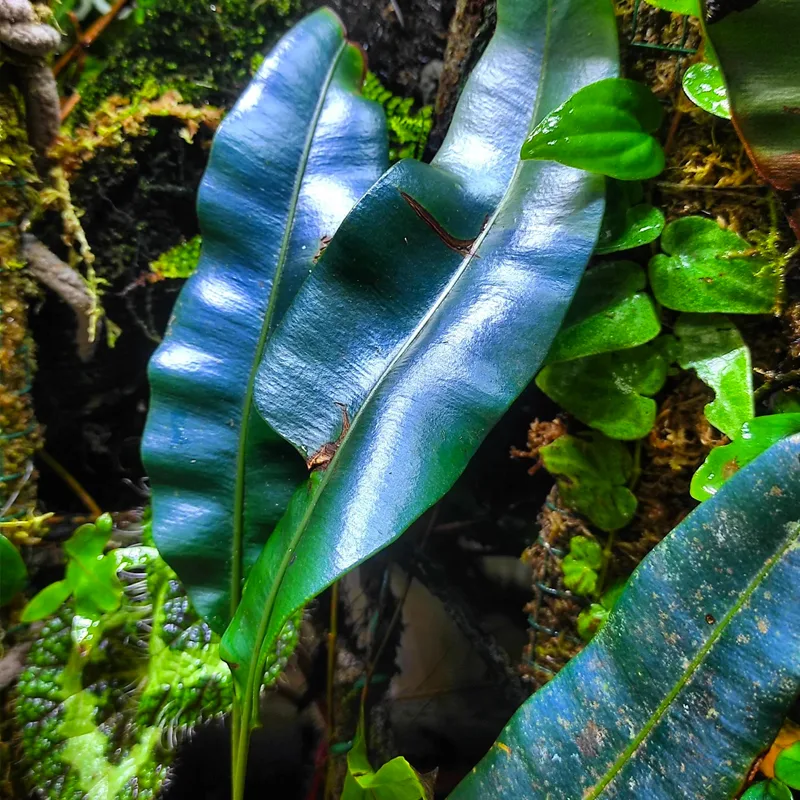Blue Enchantress Hydrangea FAQs
I’ve spent quite a bit of time with my Blue Enchantress Hydrangea, and I’ve gathered a lot of useful information about this stunning plant. If you’re like me and want to get the most out of your Blue Enchantress, here’s everything you need to know.
100 Species in Genus Hydrangea
What Is Blue Enchantress Hydrangea?
Blue Enchantress Hydrangea is a beautiful variety known for its striking blue blooms. It’s part of the bigleaf hydrangea family and is valued for its ability to produce rich blue flowers, which is often enhanced by the acidity of the soil. This plant can create a stunning visual impact in any garden with its lush foliage and vibrant blooms.
Does Blue Enchantress Hydrangea Flower on Old or New Wood?
One of the first things I wanted to know was whether Blue Enchantress Hydrangea flowers on old or new wood. This variety tends to bloom on old wood. This means that the flower buds for the current season are formed on the previous year’s growth. Therefore, if you prune too late, you might be cutting off the buds that would have turned into flowers.
When to Prune Blue Enchantress Hydrangea?
Timing is crucial for pruning Blue Enchantress Hydrangea. Since it blooms on old wood, the best time to prune is immediately after the flowering season, usually in late summer. This allows you to shape the plant without removing the buds that will flower the following year. Pruning in late winter or early spring can result in fewer blooms, as you might cut off the flower buds before they have a chance to develop.
How to Prune Blue Enchantress Hydrangea?
Pruning Blue Enchantress Hydrangea is relatively straightforward once you know the timing. Start by removing any dead or damaged wood to encourage healthy growth. Then, thin out the center of the plant to improve air circulation and light penetration. Finally, trim back the stems to shape the plant, but be cautious not to cut into the old wood too aggressively. A light hand will keep your hydrangea blooming beautifully.
How to Deadhead Blue Enchantress Hydrangea?
Deadheading Blue Enchantress Hydrangea involves removing spent blooms to encourage more growth and maintain a tidy appearance. After the flowers have faded, simply cut them off close to the first set of healthy leaves. This not only keeps the plant looking neat but also helps to direct its energy into producing new blooms and foliage.
What Pairs Well with Blue Enchantress Hydrangea?
Finding companion plants for Blue Enchantress Hydrangea can enhance the overall look of your garden. Consider pairing it with plants that complement its blue tones. White or light-colored plants, such as Astilbe or Hostas, create a lovely contrast. For a bold combination, try planting it alongside yellow or orange flowering plants like Daylilies or Coreopsis. These color contrasts can make the blue flowers of the hydrangea stand out even more.
How to Care for Blue Enchantress Hydrangea?
Caring for Blue Enchantress Hydrangea involves a few key practices. Ensure it receives morning sun with some afternoon shade, especially in hot climates. The soil should be well-draining and acidic to maintain the blue color of the flowers. Regular watering is crucial, but be careful not to overwater, as this can lead to root rot. Mulching around the base of the plant helps retain soil moisture and regulate temperature.
Can You Grow Blue Enchantress Hydrangea Indoors?
Blue Enchantress Hydrangea is best suited for outdoor cultivation, where it can receive adequate light and space to thrive. Growing it indoors can be challenging due to its size and light requirements. If you’re set on having hydrangeas indoors, consider dwarf varieties specifically bred for container life.
Is Blue Enchantress Hydrangea Toxic?
Fortunately, Blue Enchantress Hydrangea is not considered toxic to humans or pets. However, it’s always a good idea to prevent pets from chewing on plants, as some may experience mild gastrointestinal upset if they ingest plant material.
Blue Enchantress Hydrangea vs Endless Summer
When comparing Blue Enchantress Hydrangea with Endless Summer Hydrangea, there are a few key differences. Endless Summer is known for its ability to bloom on both old and new wood, which provides more flexibility in pruning. It also has a range of colors from pink to blue, depending on soil pH. Blue Enchantress, on the other hand, primarily blooms on old wood and is noted for its vibrant blue flowers. Both varieties are beautiful but require different care approaches based on their blooming patterns.
Common Problems and Solutions
Like all plants, Blue Enchantress Hydrangea can face some issues. Common problems include leaf spots and powdery mildew, often caused by excess moisture or poor air circulation. To address these issues, ensure proper spacing for good airflow and avoid overhead watering. Regularly check for pests like aphids and scale, and treat them promptly if they appear.
With this guide, I hope you find it easier to care for and enjoy your Blue Enchantress Hydrangea. It’s a remarkable plant that can bring vibrant color and beauty to your garden, provided you give it the right care and attention.
If i die, water my plants!



